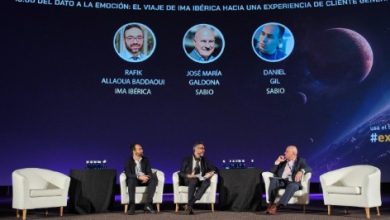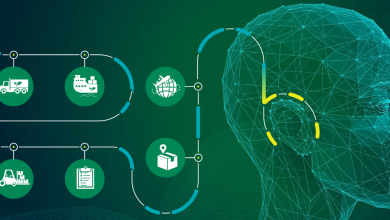
AI is no longer a distant possibility—it’s here, and it’s changing how we work, relate, and lead. From automated decision-making to machine learning tools in hiring and healthcare, the future of AI is rapidly becoming our present. AND as organizations rush to adopt these innovations, many are doing so without fully grappling with the human cost. To ensure a just and inclusive future, AI and workplace equity must go hand in hand.
The Emotional Impact of AI on the Frontlines
For frontline staff, AI can often feel more threatening than helpful. When technology replaces human interaction, it can create a sense of isolation and emotional distance. This is especially true in people-centered sectors like education, healthcare, and social services. Inclusive AI must account for the emotional and psychological realities of the people it’s designed to serve.
For example, educators may be asked to rely on learning analytics to assess student needs instead of trusting their own expertise. Healthcare workers may have to follow algorithmic treatment suggestions that contradict their experience or cultural knowledge of their patients. In these scenarios, workers may feel not only disempowered but emotionally disconnected from their roles. This emotional toll must be factored into AI ethics frameworks.
Why Equity Frameworks Matter in AI Adoption
Equity frameworks areessential tools in the age of AI. At VISIONS, we use the Four Levels of Change—Personal, Interpersonal, Institutional, and Cultural—to explore where bias lives and how it replicates. We also use other tools as methods that encourages emotional insight and systemic reflection. These approaches can help ensure that AI ethics are more than just abstract principles—they’re embedded into daily practice. And it will take practice.
AI Needs Diverse Perspectives
AI systems are only as ethical as the people who shape them. Yet many development and deployment teams lack the diversity of lived experience needed to see the full picture. Inclusive AI must be co-created with those who understand marginalization and historical exclusion—not just those with technical expertise. Without diverse input, the risk of embedding systemic bias into technology becomes a certainty.
Efficiency vs. Connection: A False Binary
Efficiency is often cited as AI’s greatest strength—but at what cost? In many workplaces, efficiency has come to mean less conversation, less empathy, and less trust. An algorithm may speed up a task, but it cannot replace the human capacity for nuance and connection. The best future of AI is one that values both speed and soul.
Practical Steps Toward Equity-Centered AI
Organizations don’t need to have all the answers, but they do need to ask the right questions. Who is impacted by this AI tool? Whose voice was left out of the design process? Conducting equity impact assessments, engaging cross-functional teams, and fostering open dialogue are all crucial steps. Ethical AI begins not with code, but with conversation.
Internal audits and community input sessions can provide valuable insights into how a tool actually performs across diverse populations. Additionally, decision-makers should prioritize transparency by clearly communicating how and why AI tools are implemented. Feedback loops must be established to course-correct when tools produce biased or harmful outcomes. These aren’t just technical safeguards—they’re relational investments that build long-term trust.
Partnering for a More Ethical Future
The future of work demands more than technical adaptation—it requires moral imagination. Partnering with equity practitioners, ethicists, and those with lived experience can lead to more grounded, inclusive AI solutions. AI and workplace equity are not separate conversations; they are interdependent. To build a future that works for everyone, we must design systems that see everyone.
Conclusion: Choose to Build with Care
AI will continue to transform our organizations—but how it transforms us is still up for grabs. If we prioritize inclusion, ethics, and relational intelligence, AI can support a workplace culture of trust and belonging. But if we ignore these imperatives, we risk widening the very divides we hope to close. This is our moment to choose wisely—and to build with care.
The future of AI doesn’t have to be dystopian or dehumanizing. With intentional leadership and inclusive design, AI can amplify the best of what people bring to work—creativity, empathy, and moral courage. We must resist the temptation to automate away our most human qualities – especially our emotions, our emotional intelligence, and our relationality. Instead, let’s lean into them as essential guides for shaping the AI-augmented future we all share.





